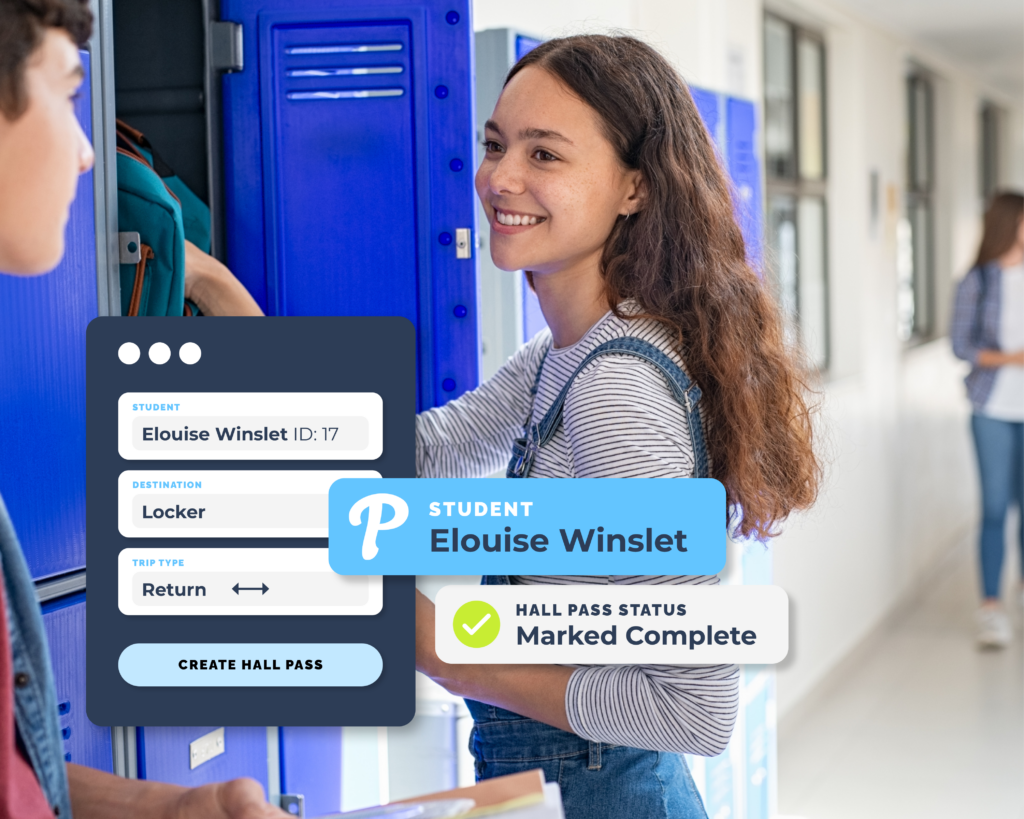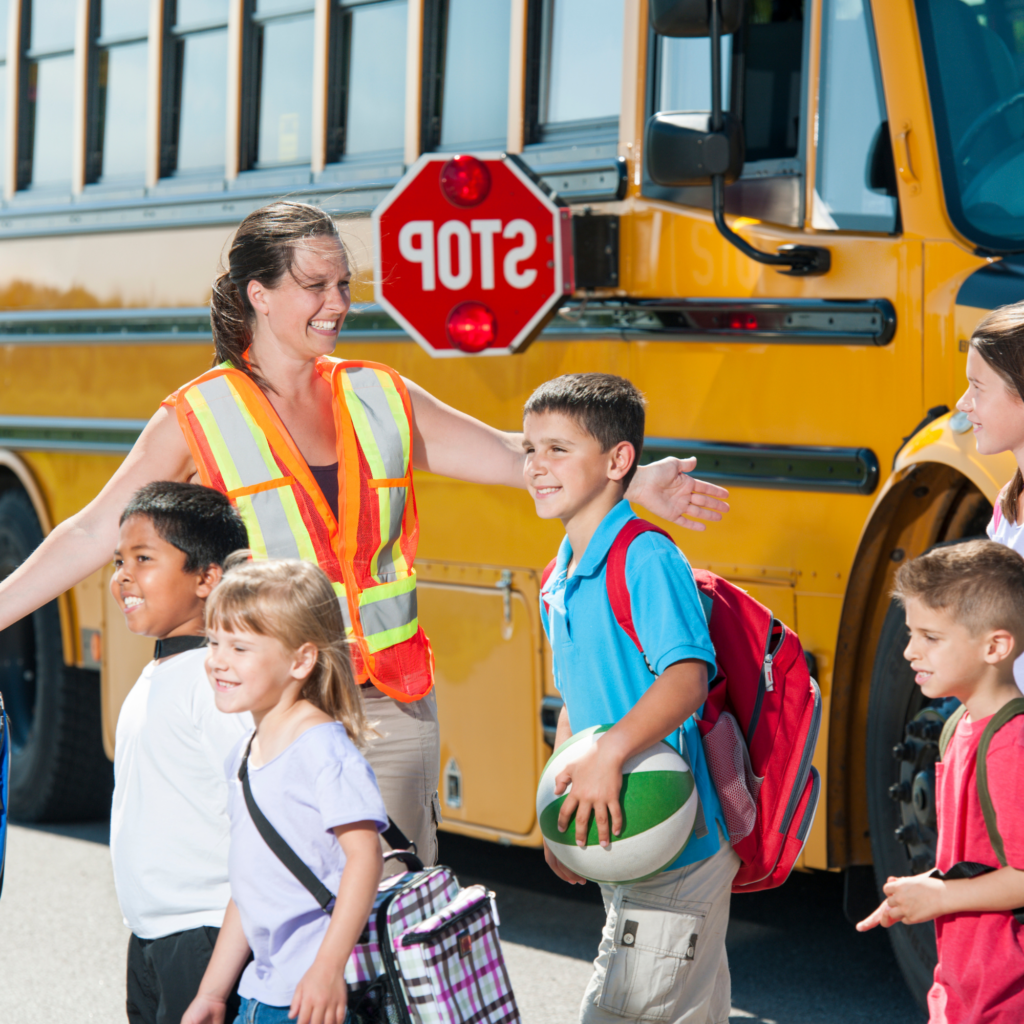Car Safety Tips
Children, particularly young children, need a lot of guidance when it comes to car safety. A small change in safety measures can be the difference between life and death. Car safety isn’t something to take lightly. We have become so familiar with using cars that driving has become almost automatic. You have created habits while driving that you probably passed down to your children. We would all hope that those habits include reaching to put your seatbelt on and then looking behind you before you pull out of the driveway. Many drivers do not take the necessary precautions to keep themselves and their passengers safe. This is where you, as a parent, can take key steps in ensuring your child’s safety inside the car. My parents would always have to remind me to buckle up, until it eventually became second nature to me. Starting with the basics of car safety will set your child up for success when comes time for them to drive, which can be a scary thought. Don’t worry; I will explain some ways that will make your car ride experience much better and most importantly, safer for you and your children.
Seat Belt, Seat Belt, Seat Belt!
One thing I cannot stress enough is the importance of having your child wear a seat belt. Whether they are sitting in the front seat, the back of the car, or on the roof, they need to be wearing a seat belt! No matter how short the trip is, it is always worth taking the four seconds to click your seat belt in. Help your children by reminding them the minute they walk in the car. Once they begin to associate getting into the car with putting their seat belt on, they will never forget it again. Explain to your older children the importance of wearing a seat belt. Remind them that even if they don’t want to wear one, it can save their life in an accident. Here are some stats that might help you see just how important seat belts really are:
*Motor vehicle crashes are a leading cause of death among those aged 1-54 in the U.S.
*More than 2.2 million adult drivers and passengers were treated in emergency departments as the result of being injured in motor vehicle crashes in 2012.
*Adult seat belt use is the most effective way to save lives and reduce injuries in crashes.
*Yet millions of adults do not wear their seat belts on every trip.
Proper Use Of Car Seat
There are a few ways you can be sure a car seat is safe and ready for you child to use.
Make sure the seat is the right size for your child and is secured properly- A one-size fits all rule does not apply here. Each car seat is made for a different age group to ensure that the child fits properly and is not too big or too small for it. Once installing your seat give it a good tug. Shake it roughly to evaluate if it is too loose. In the case of an accident, a loose car seat could lead to easily avoidable accidents.
Be sure you do not turn the car seat too early- The child should be facing the rear of the car up until at least two years old or when they have reached 20 pounds. This little precaution can make a huge difference in the safety of your child.
Make sure the harness is not too loose or too tight- Once again, pull on the harness to be sure it is firm and will hold your child in place. You may also want to put your child in the car seat before you begin driving with it to see if the harness is too tight or uncomfortable on them.
Use a booster seat- A booster lifts a child up so that the seat belt can fit properly around them. Without a booster, a child may slip right through the seat belt because it is not secure on them. A child between 40 to 80 pounds and up to 4’9 should be using a booster seat. Your child also should not be sitting in the front seat unless they meet the height and weight requirement.
Don’t Leave Your Child In The Car
Even if you think you will be in and out of the grocery store in a few minutes, don’t leave your child unattended in a car. If you leave the car running this may lead to a child accidentally changing the gear, and this could lead to a serious accident. If the car is off, the inside temperature of a car begins to increase immediately. In just 30 minutes, if the outside temperature is 70 degrees, the inside temperate of the car will be about 104 degrees. This is well above comfortable for anyone to be in, especially when there is no air flowing in and out of the car.
Don’t Text And Drive
This rule is relatively new. Texting and driving has only become an issue within the past few years. That text can wait. If there is a situation in which you desperately have to speak to someone, call them and put them on speaker phone, or pull over and send them a text back. Looking at your phone automatically lessens your concentration and alertness. You are no longer focused on the road, but on your phone. Being unaware, even for a few seconds can easily lead to an accident. I have been in situations in which the driver was not paying attention and has almost rammed into the car in front of them.
Put Everything In Your Trunk
Many times during a car accident, the items in your car can hit you or your child. If your car is going 40 miles per hour, so are the items in your car. If something big or heavy is flying in your car and hits someone it may be even worse than the accident itself. If you have larger items in your car, put them in your trunk. Even groceries, throw them in your trunk, that way you wont have to worry about a can of soup becoming a dangerous projectile.
The safety of your child is most likely your number one priority. Taking some of these precautions can significantly increase safety and decrease the possibility of a dangerous situation. I hope that you take some of these tips into consideration in order to have a safer driving experience.



